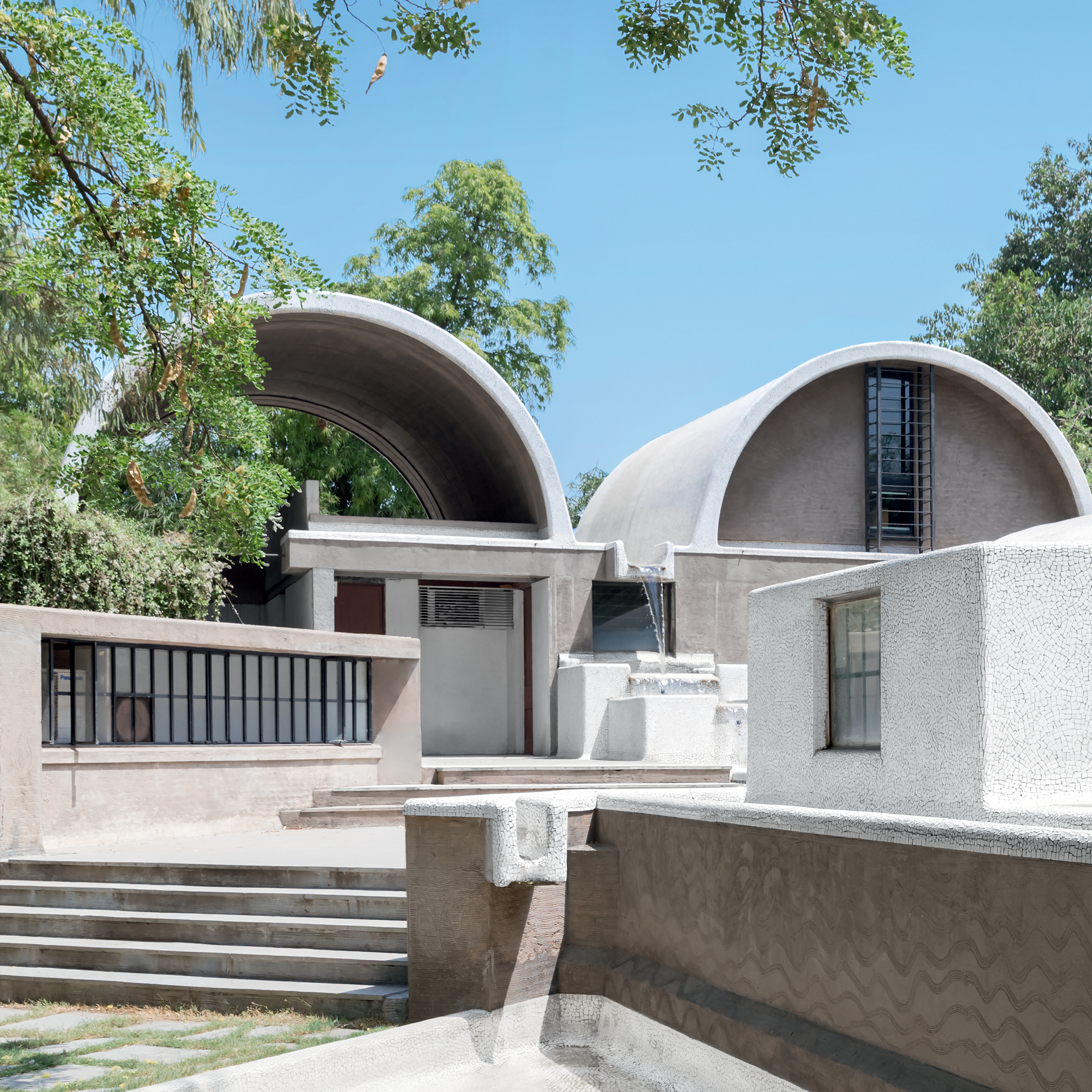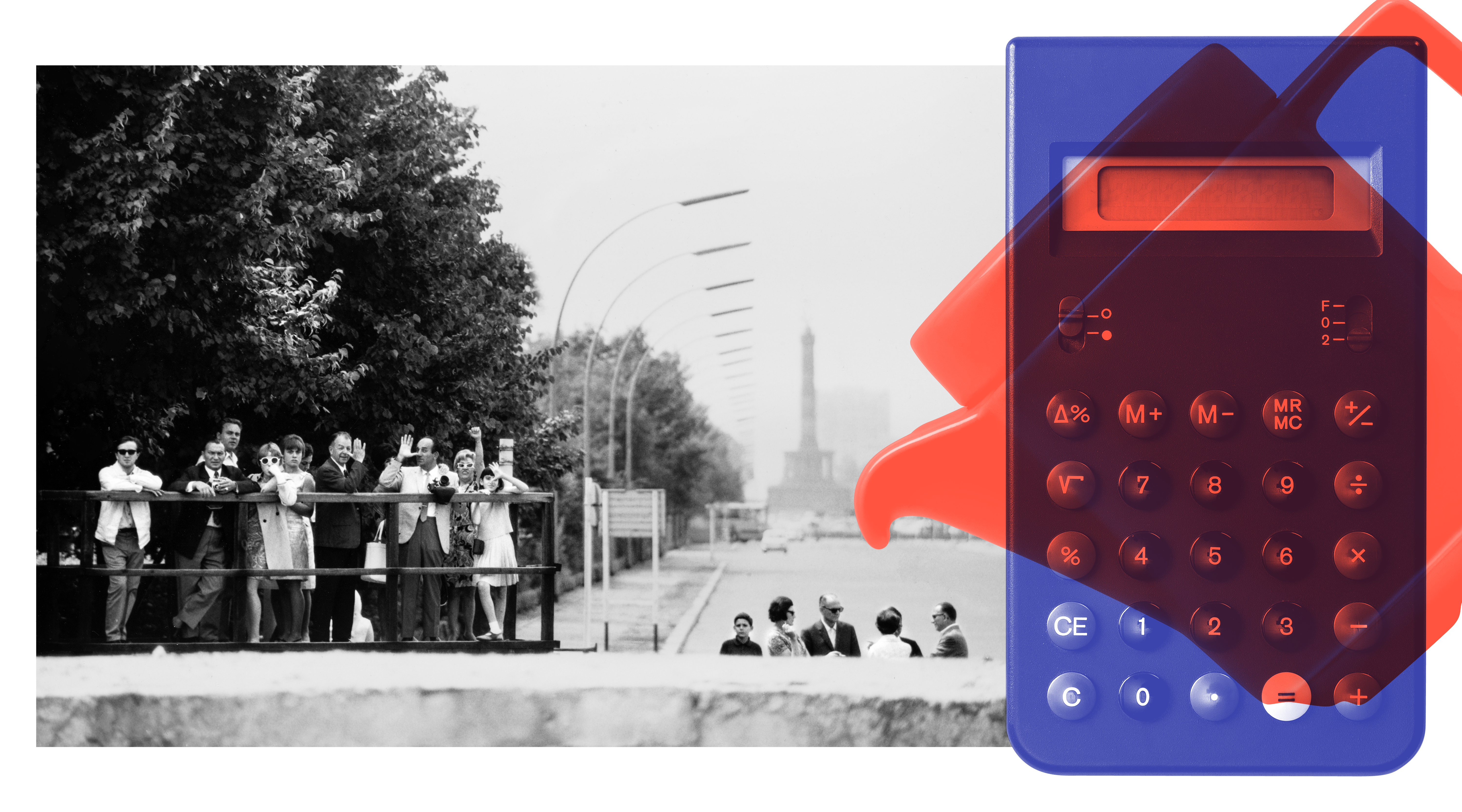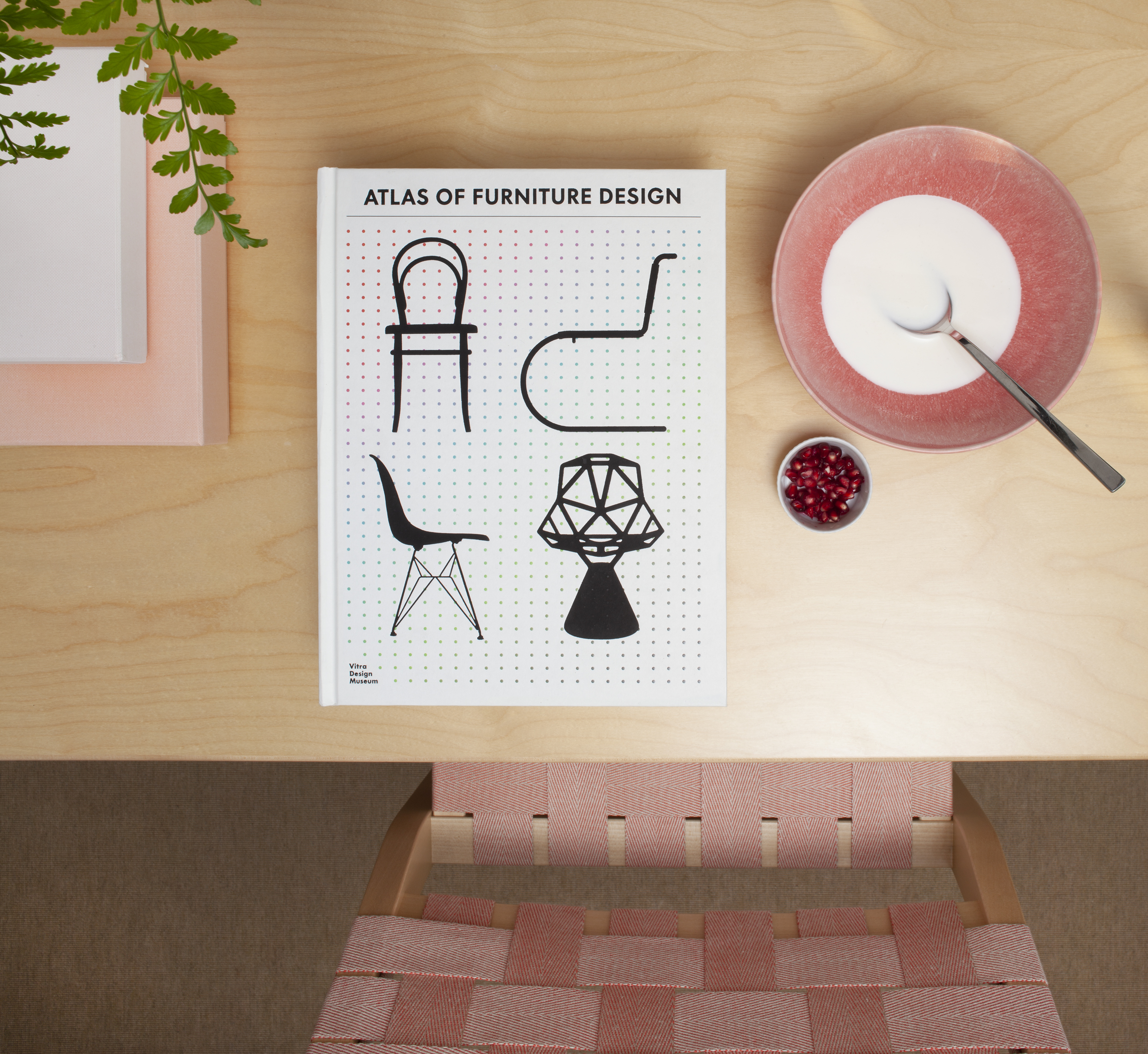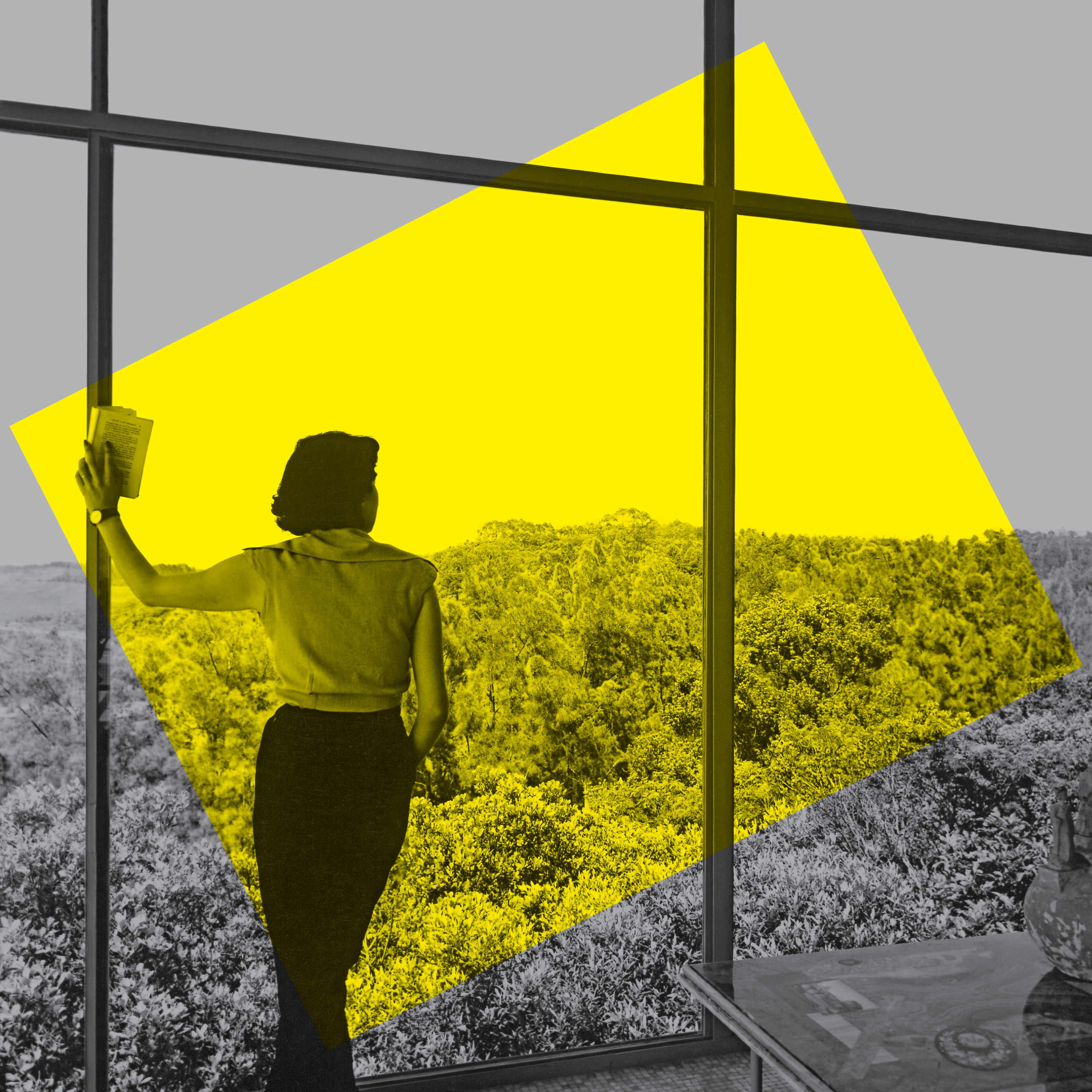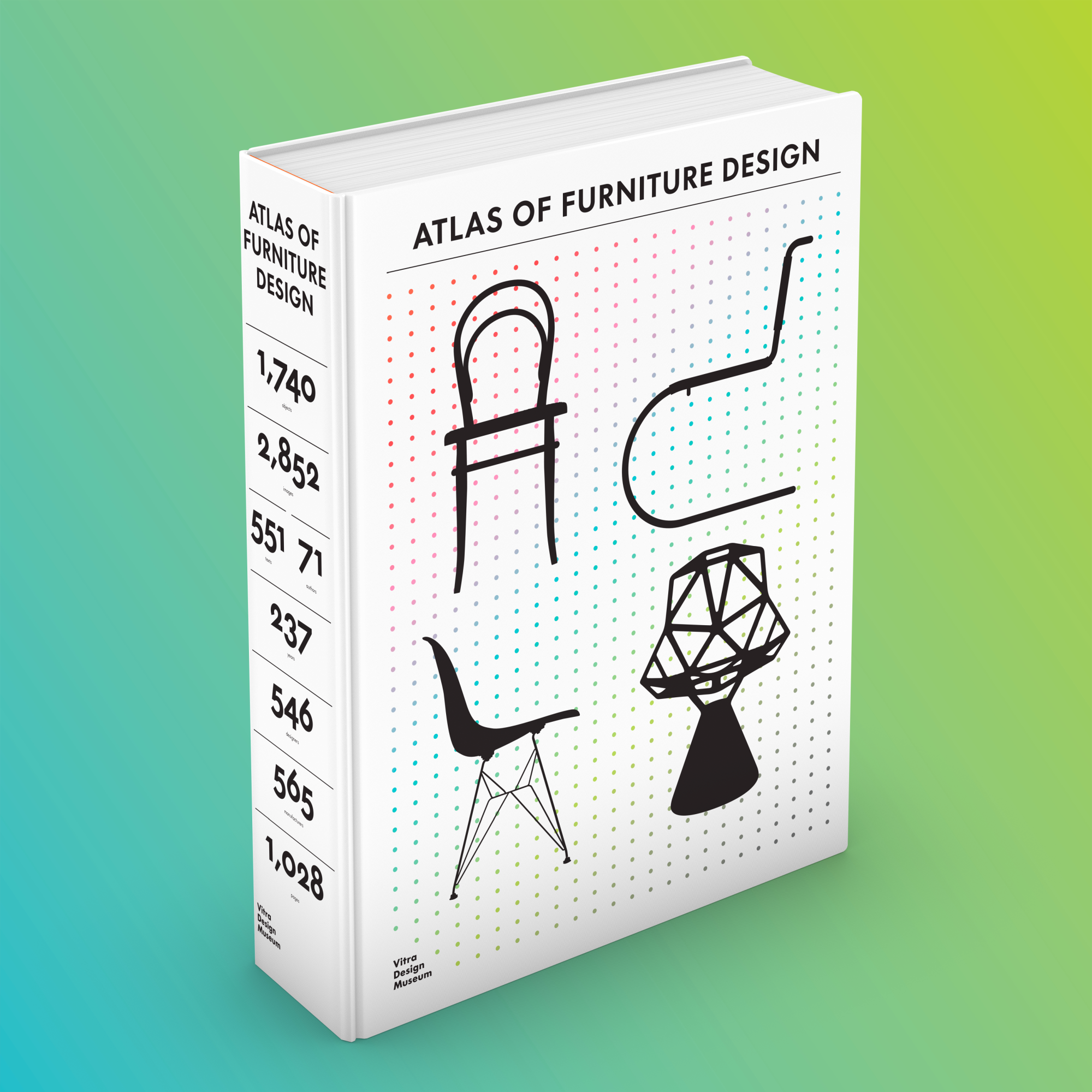Architecture for the People
March 30–September 8, 2019
With the exhibition Balkrishna Doshi: Architecture for the People, Vitra Design Museum presents the first international retrospective about the 2018 Pritzker Prize laureate Balkrishna Doshi (born 1927, Pune, India) outside of Asia. The renowned architect and urban planner is one of the few pioneers of modern architecture in his home country and the first Indian architect to receive the prestigious award. During over 60 years of practice, Doshi has realized a wide range of projects, adopting principles of modern architecture and adapting them to local culture, traditions, resources, and nature.
The exhibition will open Doshi’s work to a global audience and show how the architect’s work has redefined modern Indian architecture as well as shaped new generations of architects. Therefore, the retrospective does not only offer an overview of Doshi’s architectural work, but also reflect on its underlying ideals and social context. Doshi’s humanist philosophy was shaped by his Indian roots as well as his western education and the rapidly changing context of Indian society since the early 1950s. His architectural vocabulary, which is both poetic and functional, was strongly influenced by what he learned from Le Corbusier, with whom he collaborated on the design of the Indian city of Chandigarh and on other projects, and from his experiences with Louis I. Kahn, who conceived the design for the Institute of Management. Reaching beyond these early models, Doshi developed an approach that oscillates between industrialism and primitivism, between modern architecture and traditional form. His practice is based on ideas of sustainability and aims to root architecture in a larger context of culture and environment as well as social, ethical, and religious beliefs.
The retrospective follows four main themes: Integrated Campus, Home and Identity, Building Institutions, and Urban Architecture. Beginning with a look at Doshi’s educational buildings, a key project here is the campus of the "Centre for Environmental Planning and Technology" (CEPT) in Ahmedabad, on which Doshi has realized some of his most significant buildings over a period of 40 years. In 1968, Doshi established the "School of Architecture," a multi-disciplinary institution grounded in the belief that education is nourished by interdisciplinary interactions. The exhibition’s second section examines the power of architecture to bring about social change. Inspired by Mahatma Gandhi, Doshi developed new approaches to social and experimental housing based on participation and the possibility to adapt to the users’ changing needs and requirements, as seen in such outstanding examples as the "Housing Development for the Life Insurance Corporation of India" (LIC), known locally as "Bima Nagar," in Ahmedabad (1973) and "Aranya Low Cost Housing" (1989) in Indore. The third section revolves around the many institutions Doshi has participated in building during the last 60 years, such as the "Indian Institute of Management" (IIM) in Bangalore (1977, 1992). The final section of the exhibition is dedicated to Doshi’s large-scale town planning projects, exemplified by the masterplan and urban design guidelines for Vidhyadhar Nagar (1984), a residential development for 150,000 dwellings located in the outskirts of Jaipur in Rajasthan in northern India.
With Architecture for the People Vitra Design Museum will present numerous significant projects realized between 1958 and 2014, ranging in scale from entire cities and town planning projects to academic campuses as well as cultural institutions and public administrative offices, from private residences to interiors. Exhibits will include a wealth of original works such as drawings, models, and art works from Doshi’s archive and studio, but also photography, film footage and several full-scale installations. An extensive timeline will give an overview of the architect’s career from 1947 until today, attesting to his close relationships with other influential architects and thought leaders such as Le Corbusier and Christopher Alexander.
Curator: Khushnu Panthaki Hoof
Curator Vitra Design Museum: Jolanthe Kugler
Assistant Curator Vitra Design Museum: Meike Wolfschlag
Media contact: Lara Schuh, Head of Communications
Charles-Eames-Str. 2, 79576 Weil am Rhein, Germany
T +49.7621.702.3153, communications@design-museum.de
The exhibition is a project by the Vitra Design Museum and the Wüstenrot Foundation in cooperation with the Vastushilpa Foundation.

